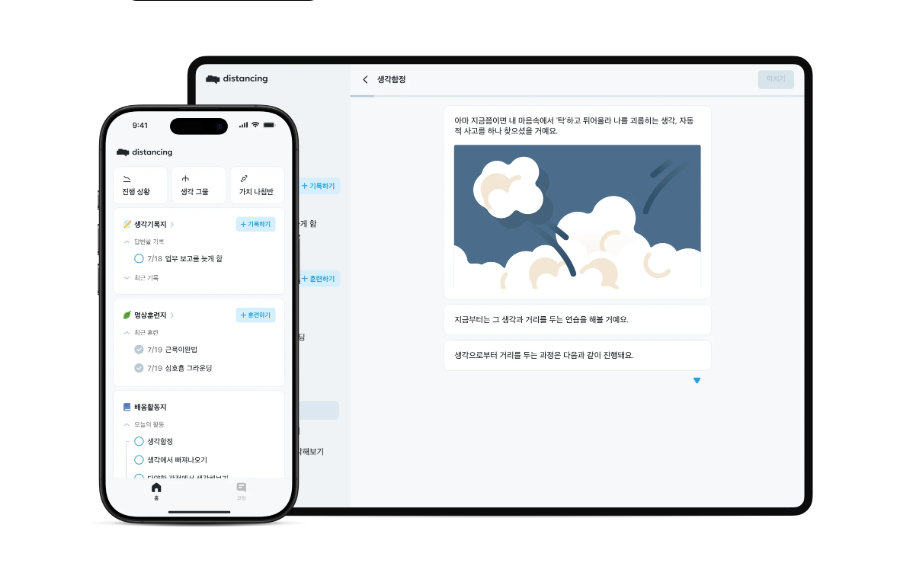인지행동치료, or Cognitive Behavioral Therapy (CBT), is a structured, short-term psychotherapy that focuses on identifying and challenging negative thought patterns and behaviors. It aims to help individuals understand how their thoughts, feelings, and behaviors are interconnected, and how altering negative thinking can lead to positive behavioral changes.
The primary goal of 인지행동치료 is to teach individuals practical skills for managing distressing emotions and behaviors by addressing the root causes in a collaborative environment with a trained therapist.
The Core Principles of 인지행동치료
Recognizing Negative Thought Patterns
One of the key components of 인지행동치료 is identifying distorted thinking patterns, such as catastrophizing, black-and-white thinking, or overgeneralizing. These cognitive distortions can fuel negative emotions and unhelpful behaviors. By recognizing and challenging these patterns, individuals can begin to see situations from a more balanced and realistic perspective.
Behavior Change through Action
In addition to addressing thoughts, 인지행동치료 places emphasis on behavior. It encourages individuals to engage in behaviors that promote positive outcomes, such as practicing relaxation techniques or engaging in activities that bring joy. Behavioral experiments are often used in therapy to test and challenge negative beliefs in a safe and controlled manner.
The Benefits of 인지행동치료
Managing Anxiety and Depression
인지행동치료 is widely recognized as one of the most effective treatments for anxiety and depression. By targeting the negative thought patterns that contribute to these conditions, CBT helps individuals gain control over their anxiety and reduce feelings of hopelessness often associated with depression.
Building Resilience and Coping Skills
Through the strategies learned in 인지행동치료, individuals become better equipped to handle life’s challenges. CBT teaches practical tools for managing stress, regulating emotions, and breaking unhealthy behavior cycles. This process builds resilience, making it easier to navigate difficult situations in the future.

Addressing a Range of Mental Health Issues
While CBT is often associated with depression and anxiety, it is effective for treating a wide variety of conditions, including:
- Post-traumatic stress disorder (PTSD)
- Obsessive-compulsive disorder (OCD)
- Phobias
- Eating disorders
- Sleep problems
- Substance use disorders
- Personalized Treatment Approach
- One of the main advantages of 인지행동치료 is its personalized approach. Therapists work closely with individuals to understand their unique experiences and develop a treatment plan tailored to their needs. This collaborative process ensures that therapy is both relevant and effective for each person.
How 인지행동치료 Works
Step 1: Building Awareness
In the initial stages of 인지행동치료, the therapist will help the individual become aware of their automatic thoughts, cognitive distortions, and the patterns that drive emotional reactions. This process of self-awareness is critical to recognizing the areas that need change.
Step 2: Challenging Negative Thoughts
Once the negative thought patterns have been identified, the therapist will guide the individual in challenging these thoughts. This involves questioning the validity of these thoughts and replacing them with more realistic and constructive alternatives.
Step 3: Developing Coping Strategies
In the later stages of 인지행동치료, individuals work on developing healthy coping strategies and behavior changes. This might include developing problem-solving skills, practicing mindfulness, or using relaxation techniques to manage stress and anxiety effectively.
